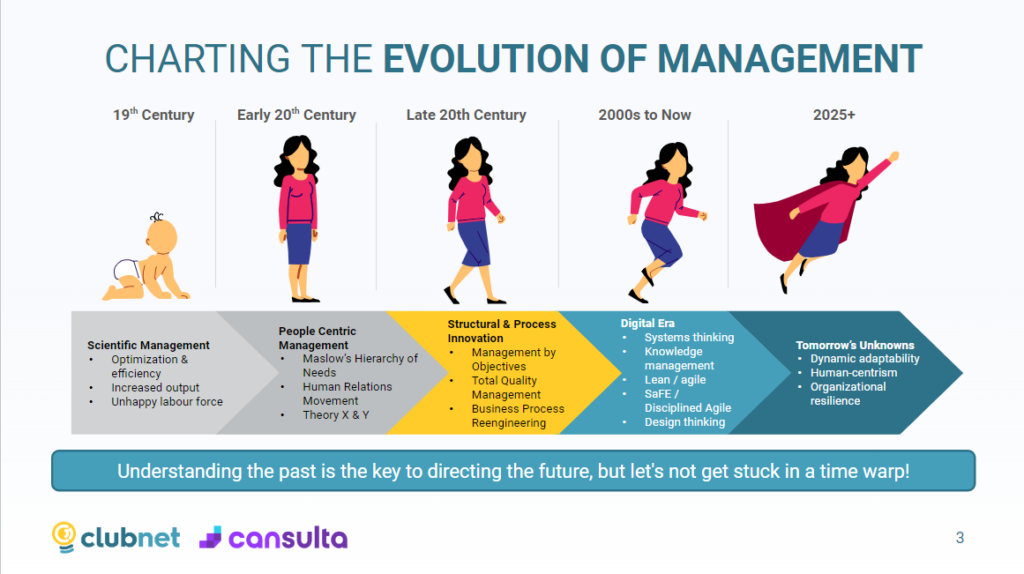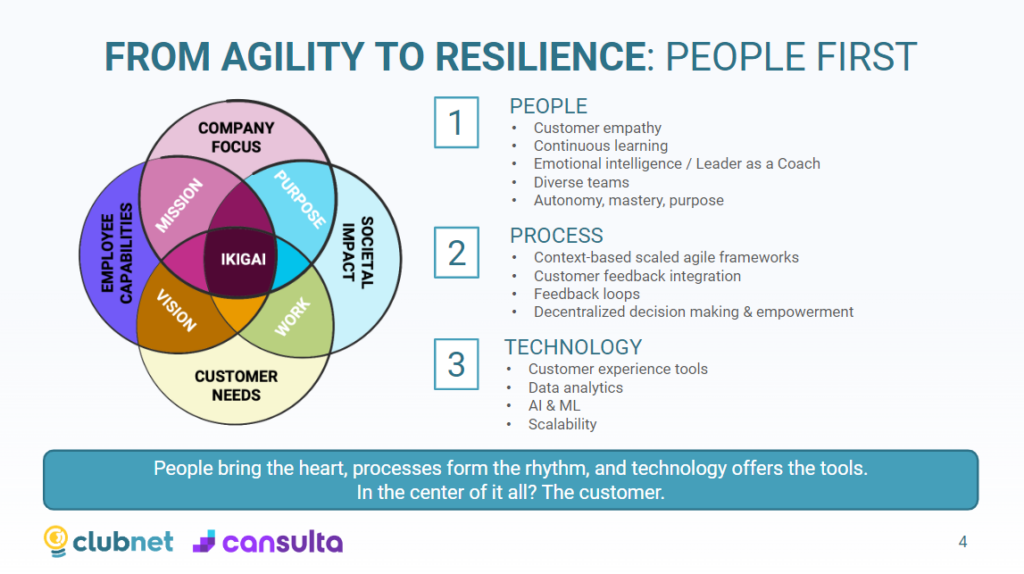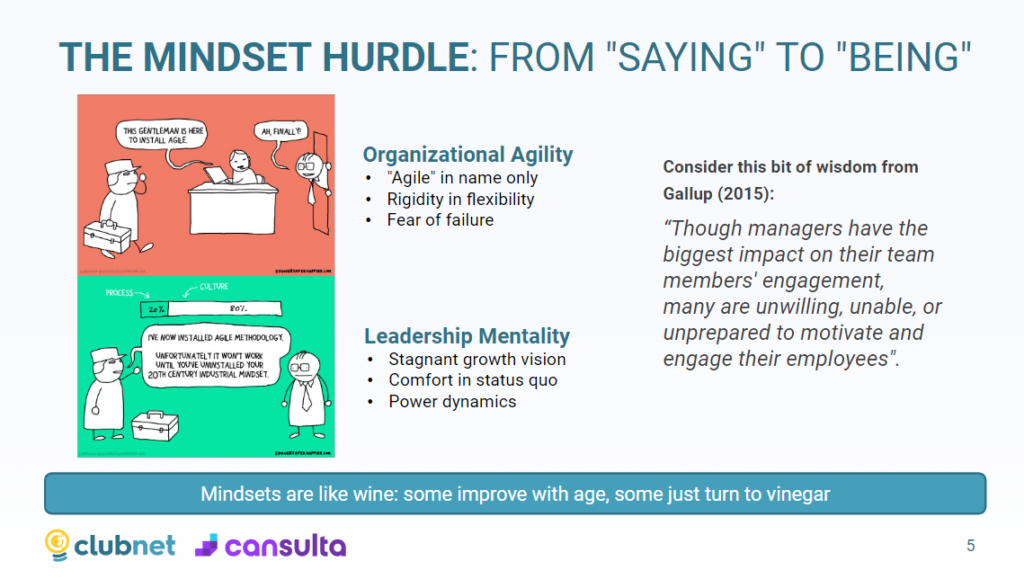
The Evolution of Management
The field of management has undergone significant changes over the years, evolving from the principles of Taylorism to the modern context-driven management approaches that are prevalent today. This evolution has been influenced by various theories and thinkers, including Maslow’s hierarchy of needs, McGregor’s Theory X and Theory Y, and the insights of Peter Drucker.
From Taylorism to Modern Context-Driven Management
In the early 20th century, Frederick Taylor developed scientific management principles, also known as Taylorism. This approach focused on improving efficiency and productivity by analyzing and optimizing workflow. Taylor advocated for the standardization of tasks and the separation of planning from execution.
However, as organizations grew in size and complexity, it became evident that Taylorism had limitations. Modern management practices shifted towards a more context-driven approach, taking into account the unique needs and circumstances of each organization. This approach emphasizes flexibility, adaptation, and the involvement of employees in decision-making.
Influence of Maslow’s Hierarchy of Needs and Theory X and Y
Abraham Maslow’s hierarchy of needs is a psychological theory that suggests individuals are motivated by a hierarchy of needs, ranging from basic physiological needs to self-actualization. This theory has had a significant impact on management practices, particularly in relation to employee motivation and satisfaction.
McGregor’s Theory X and Theory Y further expanded on the understanding of employee motivation. Theory X assumes that employees are inherently lazy and need strict supervision, while Theory Y assumes that employees are self-motivated and can be trusted to take responsibility.
These theories have influenced management practices by highlighting the importance of addressing employee needs and creating a positive work environment that fosters motivation and engagement.

Peter Drucker’s Focus on Humans and Organizational Context
Peter Drucker, a renowned management thinker, emphasized the role of humans in organizations. He believed that organizations need to understand and value their employees as their most valuable asset. Drucker emphasized the importance of effective leadership, employee development, and aligning organizational goals with individual motivations.
In addition, Drucker emphasized the significance of the external context in which organizations operate. He advocated for organizations to continuously monitor and adapt to changes in their environment, enabling them to remain competitive and responsive to customer needs.
Drucker’s insights have had a profound impact on the practice of management, with many organizations embracing a human-centered approach and considering the external context in their decision-making processes.
In conclusion, the evolution of management from Taylorism to modern context-driven approaches has been shaped by various theories and thinkers. Maslow’s hierarchy of needs and McGregor’s Theory X and Theory Y have influenced our understanding of employee motivation, while Peter Drucker has emphasized the importance of humans and organizational context in management practices. By incorporating these insights into their management strategies, organizations can better meet the evolving needs of their employees and the dynamic demands of the business environment.
TL:DR – Change is inevitable and embracing it is crucial for personal and organizational success. Everyone has a role to play in embracing change and seeing it as an opportunity for growth. Adaptability is important for thriving in a rapidly changing world. By driving change forward and being proactive, individuals can have a positive impact on their lives and the organizations they belong to. Organizations that embrace and leverage change are more likely to thrive by adapting to market trends, encouraging innovation, and being resilient in the face of challenges.
The Impact of the Digital Era
In today’s fast-paced world, the digital era has brought about significant changes and transformations in various aspects of our lives. From rapid advancements in technology to the modernization of industries, the impact of the digital era is undeniable. This blog section explores the key talking points of this impact, including the rapid change, modernization, and adoption of agile frameworks; the disruption caused by COVID-19 and the need for resilience; and the importance of being responsive to environment and societal expectations.
Rapid Change, Modernization, and Adoption of Agile Frameworks
One of the defining characteristics of the digital era is the rapid pace of change. Technology is constantly evolving, bringing new possibilities and opportunities for businesses and individuals alike. The digital world provides the platform for innovation, enabling organizations to adapt and transform at an unprecedented speed.
As industries embrace digitalization, modernization becomes a necessity. Traditional systems and processes are being replaced by automated and streamlined solutions. With the digital era, businesses can leverage advanced technologies such as artificial intelligence, big data analytics, and cloud computing to enhance operational efficiency, improve customer experiences, and drive growth.
Additionally, the digital era has led to the widespread adoption of agile frameworks. Agile methodologies prioritize flexibility, collaboration, and iterative development, allowing organizations to quickly respond to changing market dynamics. Agile frameworks enable businesses to deliver products and services faster, adapt to customer demands in real-time, and stay competitive in a rapidly evolving landscape.
COVID-19’s Disruption and the Need for Resilience
The outbreak of the COVID-19 pandemic brought about unprecedented disruptions across the globe. The digital era, however, played a crucial role in helping businesses and societies navigate through these challenging times. Organizations that had already embraced digital transformation were better equipped to adapt to remote work environments, maintain operations, and serve customers online.
The pandemic highlighted the need for resilience in the face of unexpected crises. It emphasized the importance of having robust digital infrastructure, agile business strategies, and the ability to quickly pivot and respond to changing circumstances. The digital era has proven to be a lifeline for many businesses during the pandemic, enabling them to survive and even thrive amidst the disruption.
The Importance of Being Responsive to Environment and Societal Expectations
In the digital era, organizations need to be not only responsive to market demands but also to environmental and societal expectations. Sustainability and corporate social responsibility have become crucial factors for success and reputation. Consumers, employees, and investors are increasingly valuing businesses that demonstrate a commitment to ethical practices, social impact, and environmental stewardship.
By leveraging digital technologies, organizations can gather and analyze data to understand and address these expectations more effectively. They can develop sustainable business models, reduce their ecological footprint, and engage with stakeholders in a transparent and meaningful way. The digital era empowers businesses to create positive change and contribute to a more sustainable and inclusive future.
In conclusion, the impact of the digital era is far-reaching and transformative. It brings rapid change, modernization, and the adoption of agile frameworks, especially in a post-pandemic world where resilience is of utmost importance. Being responsive to environment and societal expectations has become essential for businesses aspiring to thrive in the digital era. Embracing digitalization, leveraging technology, and prioritizing sustainability and social responsibility are key to succeeding in this ever-evolving landscape.

Addressing Future Challenges
As businesses navigate the fast-paced and ever-changing landscape of the future, it becomes imperative to address the challenges that lie ahead. The key to success lies in staying agile, utilizing innovative tools and techniques, and adapting to the needs of both customers and employees. In this blog post, we will explore three important strategies for addressing future challenges and ensuring long-term growth and sustainability.
Utilizing tools like customer empathy and continuous learning
One of the most effective ways of addressing future challenges is by utilizing tools like customer empathy and continuous learning. Customer empathy allows businesses to better understand their target audience, identify their pain points, and develop solutions that meet their needs. By putting yourself in the shoes of your customers, you can gain valuable insights that will help you stay ahead of the competition.
Continuous learning, on the other hand, involves staying up-to-date with the latest industry trends, technologies, and best practices. By constantly seeking knowledge and learning from both successes and failures, businesses can remain relevant and evolve with the changing times. This can be achieved through various channels such as attending industry conferences and workshops, participating in online courses, and fostering a culture of learning within the organization.
Embracing agile development and technology
Agile development and technology go hand in hand when it comes to addressing future challenges. Agile development is a project management methodology that emphasizes flexibility, collaboration, and iterative development. By embracing agile principles, businesses can respond quickly to changes in the market and adapt their strategies accordingly.
Technology, on the other hand, plays a crucial role in driving innovation and efficiency. With the rapid advancements in technology, businesses have access to a wide range of tools and solutions that can help them streamline their operations, improve customer experiences, and gain a competitive edge. From artificial intelligence and machine learning to cloud computing and big data analytics, there are countless opportunities for businesses to leverage technology in their favor.
Adapting to customer needs and employee desires
Lastly, addressing future challenges requires businesses to be adaptable and responsive to both customer needs and employee desires. Customers are increasingly demanding personalized experiences, seamless interactions, and meaningful connections with brands. By actively listening to customer feedback, monitoring market trends, and proactively addressing pain points, businesses can ensure that they are meeting the evolving needs and expectations of their target audience.
Employee desires are also a crucial aspect that businesses must consider to address future challenges. A satisfied and engaged workforce is more likely to contribute their best efforts and drive innovation within the organization. By providing a supportive work environment, opportunities for growth and development, and recognition for their contributions, businesses can attract and retain top talent, enhancing their ability to address future challenges.
In conclusion, addressing future challenges is a critical task for businesses striving for long-term success. By utilizing tools like customer empathy and continuous learning, embracing agile development and technology, and adapting to customer needs and employee desires, businesses can position themselves at the forefront of innovation and remain competitive in the ever-changing landscape of the future.
Overcoming Obstacles
When pursuing any goal or undertaking any new endeavor, there are bound to be obstacles that come our way. These obstacles can prevent us from making progress and achieving success. In order to overcome these challenges, it is important to understand the main obstacles that we may encounter and find effective strategies to overcome them.
The mindset as the main obstacle to progress
One of the main obstacles that individuals and organizations face when trying to make progress is their mindset. Our mindset, or our belief system, can either propel us forward or hold us back. If we have a fixed mindset, where we believe that our abilities and intelligence are fixed traits that cannot be changed, we are less likely to take risks and try new things. This fixed mindset can hinder our progress and prevent us from achieving our goals.
To overcome this obstacle, it is important to develop a growth mindset. A growth mindset is the belief that our abilities and intelligence can be developed through hard work, dedication, and a willingness to learn. By adopting a growth mindset, we can embrace challenges, persist in the face of setbacks, and see failure as an opportunity to learn and grow.

Implementing agile processes without embracing the agile mentality
In today’s fast-paced and ever-changing business environment, many organizations are adopting agile processes to improve their efficiency and adaptability. However, simply implementing agile processes without embracing the agile mentality can hinder progress and prevent organizations from fully reaping the benefits of agility.
Agile mentality encompasses the values and principles of agility, such as collaboration, adaptability, and continuous improvement. It is about empowering individuals, promoting open communication, and embracing change. Without this agile mentality, organizations may struggle to fully embrace the agile processes they have implemented, leading to resistance and limited progress.
To overcome this obstacle, it is important for organizations to not only implement agile processes but also foster an agile mentality. This can be done through training, coaching, and creating a culture that values agility and encourages individuals to embrace the agile mindset. By doing so, organizations can fully leverage the benefits of agility and make consistent progress.
The crucial role of leadership in driving change and overcoming resistance
When trying to overcome obstacles and drive change, leadership plays a crucial role. Leaders have the power to influence and motivate individuals, set a clear vision, and create a supportive environment that encourages progress and overcomes resistance.
One of the key responsibilities of leadership is to communicate and articulate the need for change. By effectively communicating the reasons behind the change and the benefits it will bring, leaders can help individuals understand the importance of overcoming obstacles and embracing the change.
Leaders also need to provide the necessary support and resources to overcome obstacles. This can include providing training and development opportunities, creating a safe space for experimentation and learning, and removing any barriers or roadblocks that may hinder progress.
Furthermore, leaders need to lead by example and demonstrate the desired behaviors and mindset. By embodying the values of growth, agility, and perseverance, leaders can inspire and motivate others to overcome obstacles and make progress.
Overcoming obstacles is an essential part of achieving progress and success. By understanding and acknowledging the main obstacles, such as mindset, lack of agile mentality, and resistance to change, individuals and organizations can find effective strategies to overcome them. Additionally, leadership plays a crucial role in driving change and creating an environment that fosters progress. By embracing these strategies and adopting a proactive mindset, organizations can overcome obstacles and make consistent progress towards their goals.
Embracing Change for Success
Change is an inevitable part of life and it is essential for success. In today’s rapidly changing world, individuals and organizations need to be adaptable in order to thrive. Embracing change can lead to new opportunities, growth, and innovation.
Change as Inevitable and Everyone’s Role in Embracing It
Change is a constant force that affects every aspect of our lives. From personal relationships to professional careers, change is inevitable and necessary for growth. It is important for individuals to embrace change and see it as an opportunity rather than a threat. By accepting change, individuals can develop new skills, gain new perspectives, and open themselves up to new possibilities.
Everyone has a role to play in embracing change. Leaders should encourage a culture of adaptation and communicate the benefits of change to their team members. Employees should be open to learning new skills and exploring new ways of doing things. By working together and supporting one another, individuals can navigate through change more effectively.
The Importance of Adaptability and Driving Change Forward
Adaptability is a key trait for success in a rapidly changing world. It is the ability to adjust to new circumstances, learn from them, and make the necessary changes. Those who are adaptable are more likely to thrive in their personal and professional lives.
Driving change forward involves taking initiative and actively seeking out opportunities for improvement. Rather than being passive bystanders, individuals should be proactive in identifying areas that need change and taking steps to make it happen. By being change agents, individuals can have a positive impact on their own lives and the organizations they belong to.
How Organizations Can Thrive by Embracing and Leveraging Change
Organizations that embrace and leverage change are more likely to thrive in the highly competitive business environment. By doing so, they can adapt to market trends, engage with customers, and stay ahead of their competitors.
Successful organizations understand that change can lead to innovation. They encourage creativity and risk-taking, empowering their employees to think outside the box and come up with new ideas. By fostering a culture of innovation, organizations can create a sustainable competitive advantage.
Furthermore, organizations that embrace change are more resilient and better equipped to navigate through challenges. They have the ability to pivot their strategies and make the necessary adjustments to stay relevant in an ever-changing market.
Ready to propel your organization towards success in today’s dynamic business landscape?
Connect with Iliana to harness the power of change and innovation. Our expertise will empower your organization to adapt, innovate, and thrive amidst market challenges.
Not sure what expertise you need?
Our Concierge is happy to discuss your needs and match you with the best-suited consultant. On Cansulta, you can browse consultants by expertise and connect with vetted professionals in Intro sessions for FREE.
